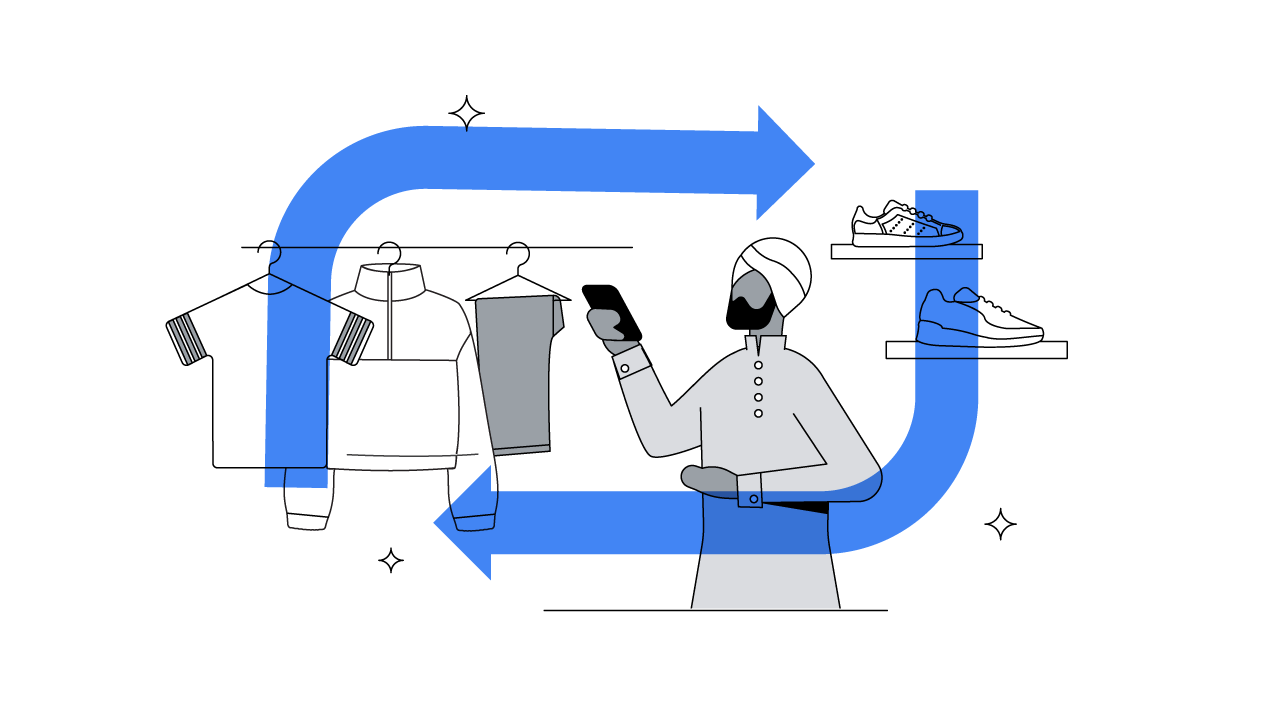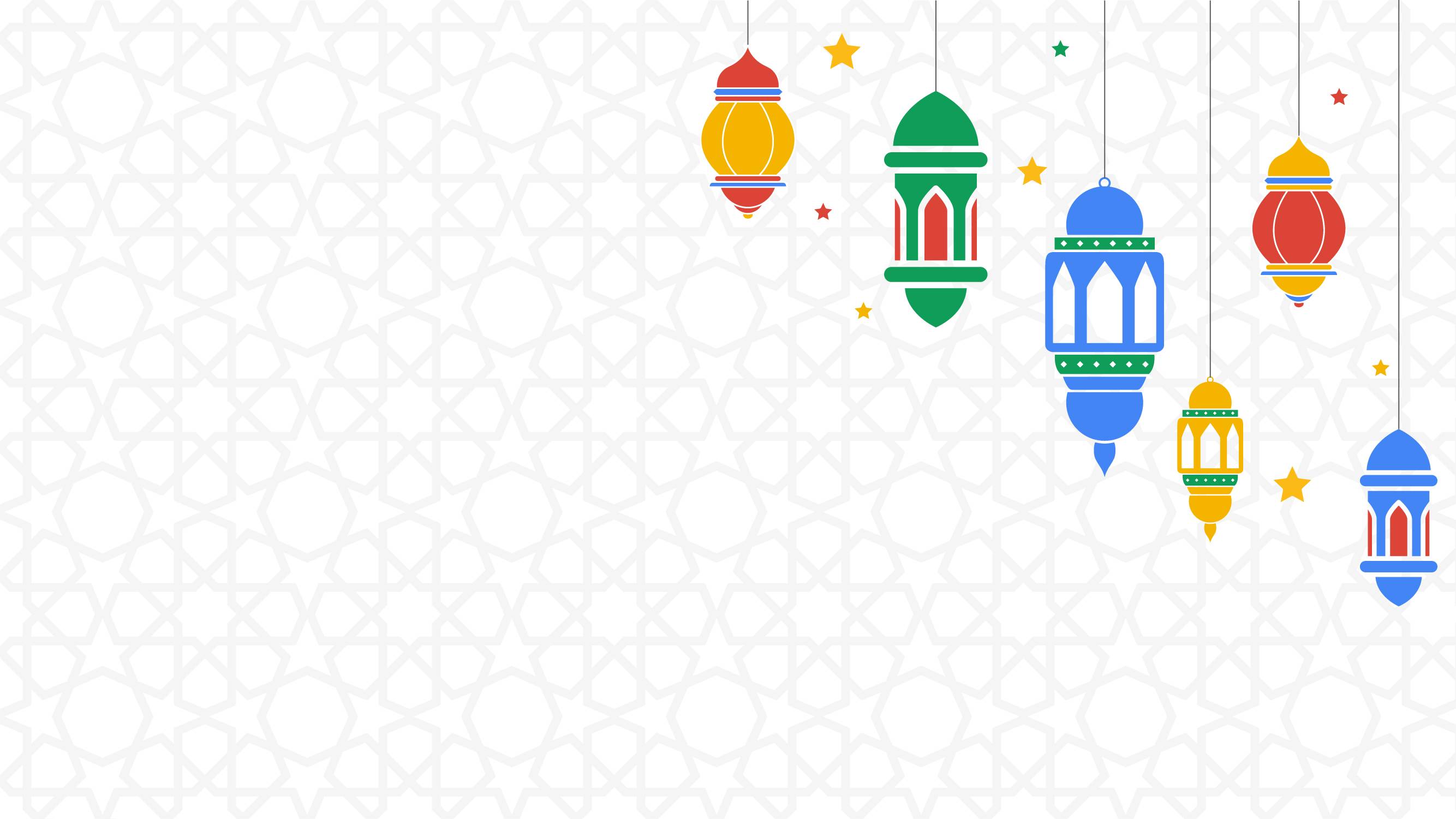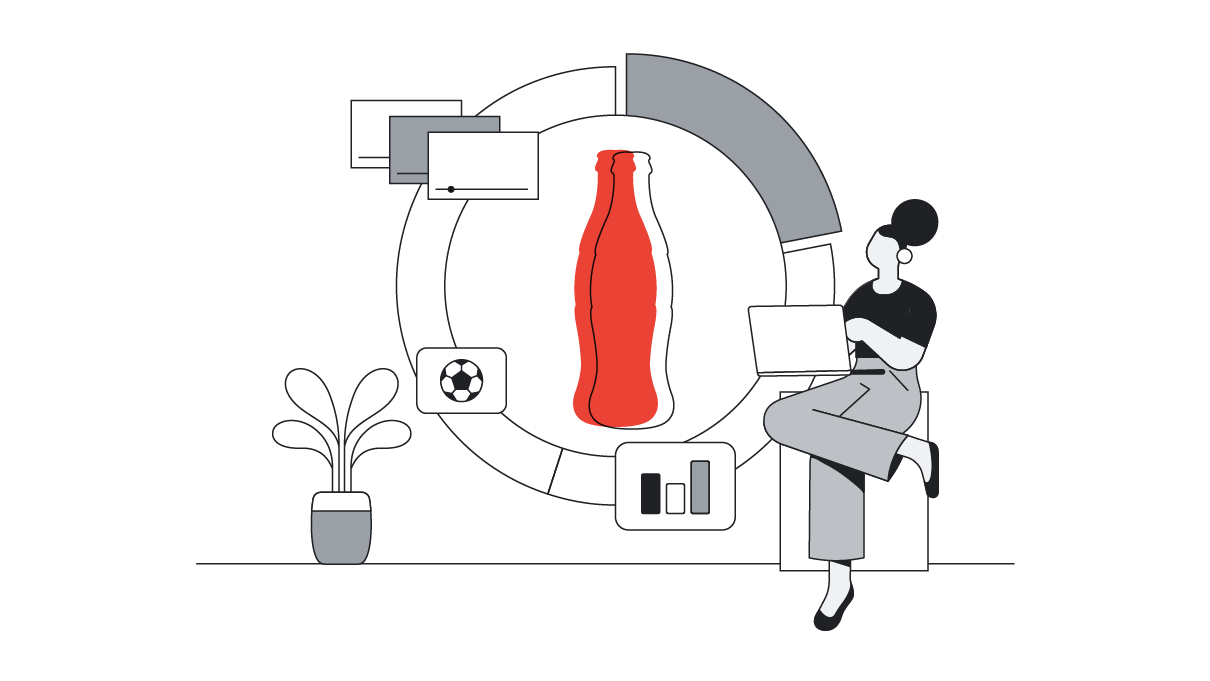Saudi Arabian consumers are among the world’s most digitally savvy.
Around 92% of Saudi Arabians have access to or own a smartphone. And the average adult spends over four hours browsing the internet on their phone — which is a quarter of the time they’re awake.
By 2030, 60% of Saudi’s digitally-savvy population will be over the age of 30.1 That means the digitally immersed youth of today will be more prominent within the workforce tomorrow, likely emphasising further digitisation — and online shopping.
A recent survey by Google and Ipsos reveals four Saudi consumer trends that could help your retail marketing better connect with this digitally literate population:
1. Saudis are proud of their country
The research asked Saudi consumers what it means to be a Saudi national. Seventy three per cent said that it meant having pride in their country and accomplishments.2
Interestingly, we saw a spike in interest for “Saudi” on Google Search in November last year. This is likely related to national pride too, due to Saudi Arabia’s match against Argentina in the World Cup in November — which the kingdom won.
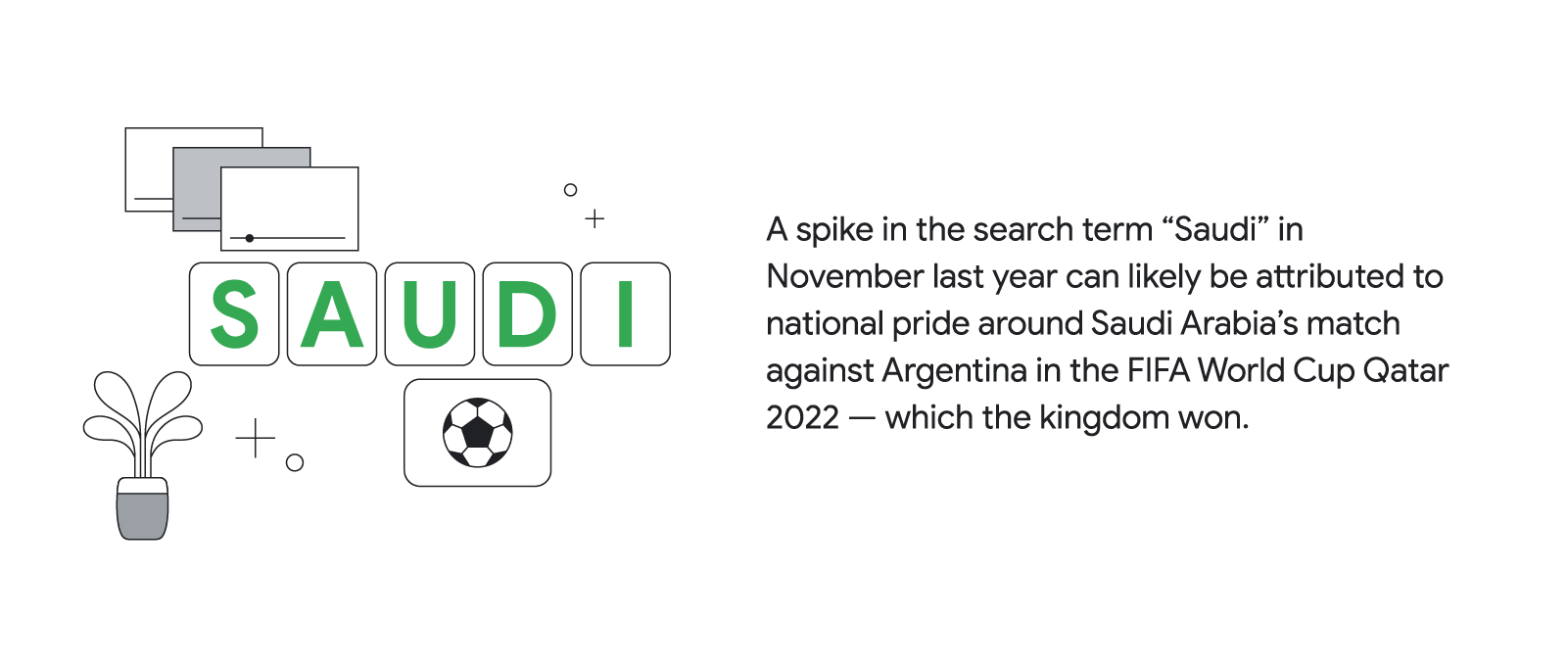
And national pride is also reflected in other ways. For example, 54% of consumers say they buy and use locally made products to express their patriotism. On the back of this, we’ve seen double- and triple-digit growth in queries for home-grown Saudi brands in areas historically dominated by international brands, such as fashion and homeware.3
What this means for retail marketers: It’s important to channel local pride in your ad creative and marketing campaigns. This could be as simple as highlighting the fact that a product is made in the kingdom, or spotlighting local products in your shopping campaign or on online shopping platforms.
2. Saudis are expanding their celebrations
Historically, the most celebrated moments in Saudi have been traditional events, like Eid-al-Fitr, Eid-al-Adha, and Saudi National Day. However, new peak moments are emerging in Saudi throughout the year.
Search interest for “Saudi Founding Day”, “Riyadh Season” — a three-month long annual entertainment and sports festival — and Halloween have all grown.
As a result, we see people making shopping-related searches around these occasions, with a growth in occasion and product combinations:
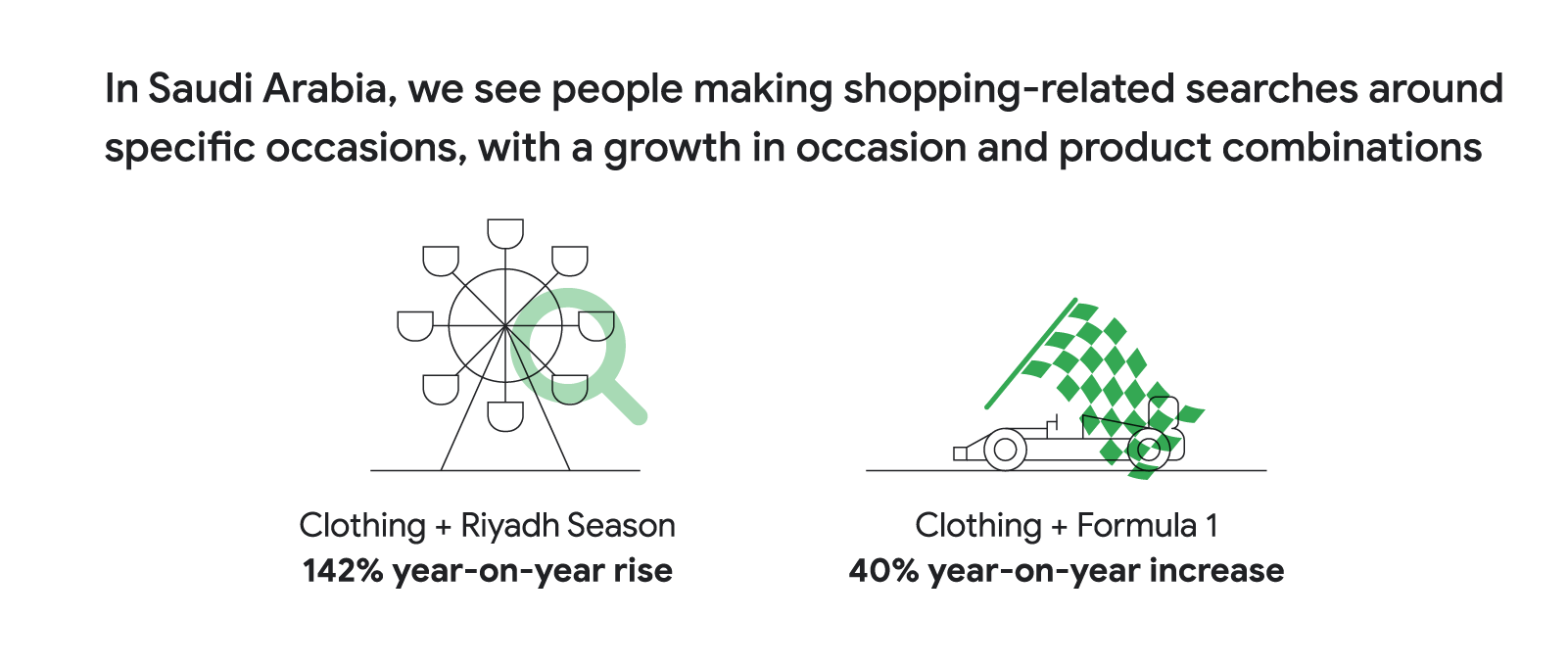
In addition to newer celebratory moments, we find that already-big moments continue to balloon. For example, we’ve seen search interest around “نادي النصر“ (Al-Nassr Football Club) double in Saudi, growing 14X times globally since Cristiano Ronaldo joined the team in 2023. On the back of this, search interest around other clubs like “Al-Hilal Soccer Club”, “Al-Ittihad Club”, and “Al-Ahli Saudi Football Club” have also grown internationally.
What this means for retail marketers: Brands have an opportunity to connect their products to specific moments or big events. If you know that a sports match or music festival is coming up, curate your marketing content to help promote items that cater to fans during those events.
3. Saudis are seeking experiences over products
Compared to last year, 58% of survey respondents say they spend more on experiences than products.4
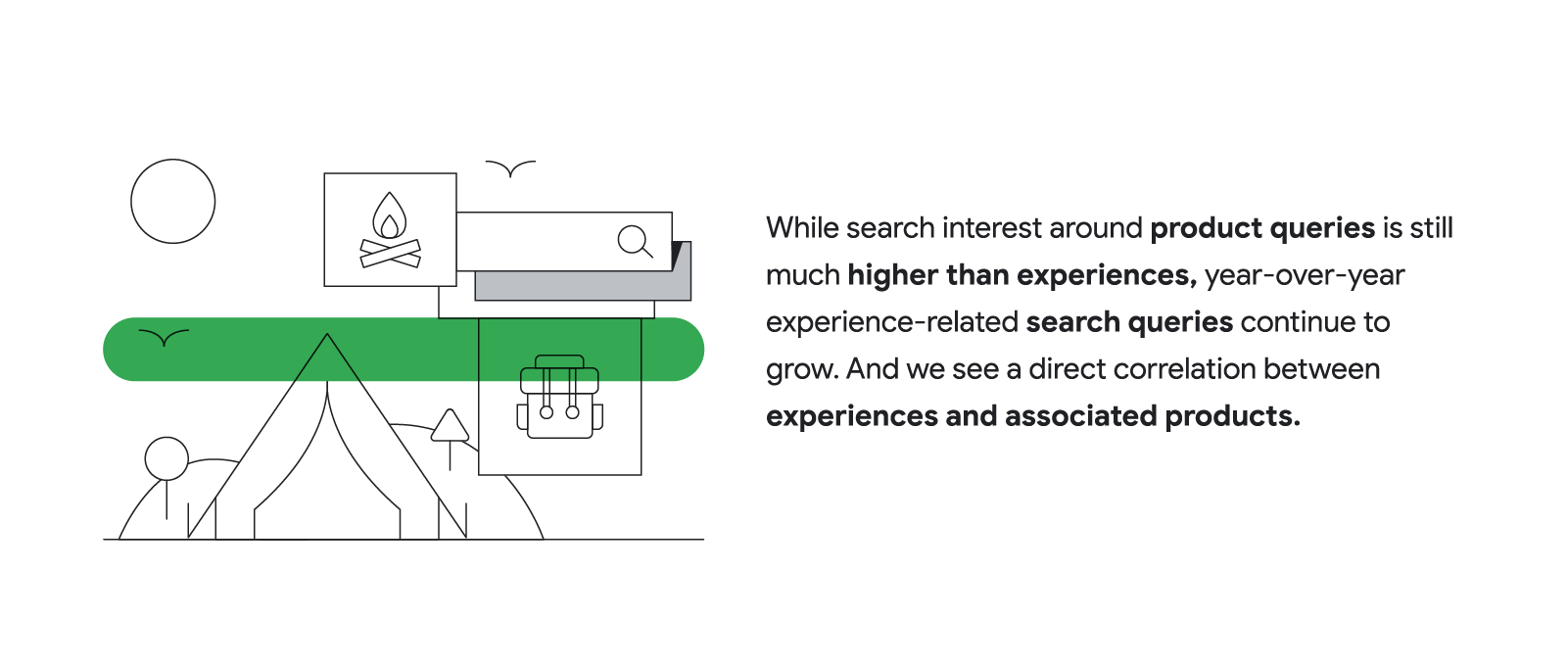
While search interest around product queries is still much higher than experiences, year-over-year experience-related search queries continue to grow. And we see a direct correlation between experiences and associated products.
For example, since 2022, search interest around “camping” has continued to rise in Saudi. Alongside this we’ve also seen an increase in search interest around associated products, for example “sleeping bag” and “camping stove”.
What this means for retail marketers: Consumers shop throughout the year, but what they buy changes depending on the season. Use Google Trends to understand what experiences people are searching for at specific times of the year — for example, watersports, camping, and desert safaris in the winter months — and boost promotional campaigns for related products during those times.
4. They’re open to AI and digital technology
Saudi Arabian consumers are very open to using digital technology. In Saudi Arabia and the United Arab Emirates (UAE), consumers use digital channels to interact across industries. And overall digital adoption — the average number of people who interact with various industries through digital or remote channels — stands at 78%.
This openness and adoption translates to online shopping too, with Saudi Arabia’s e-commerce market expected to grow from USD $11.83 billion this year to USD 23.80 billion by 2028.
Saudis also rank second globally for societal awareness of AI. This suggests a high rate of confidence among the kingdom’s citizens when dealing with AI products and services. And 42% of Saudi consumers say they are somewhat or extremely comfortable interacting with an AI chatbot.5
What this means for retail marketers: To capture the loyalty of Saudi’s digitally literate audience, you must ensure your online shopping platforms provide a seamless user experience from beginning to end. Because Saudi consumers are open to AI, you also have an opportunity to explore and experiment with AI-driven content and communication, from AI-powered campaigns to chatbots.



